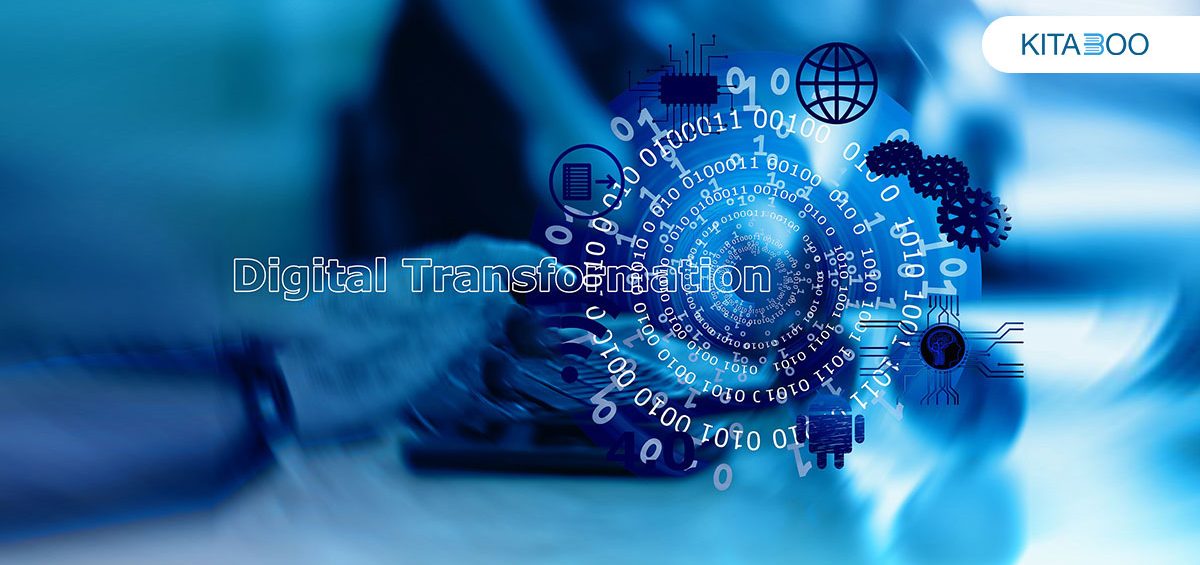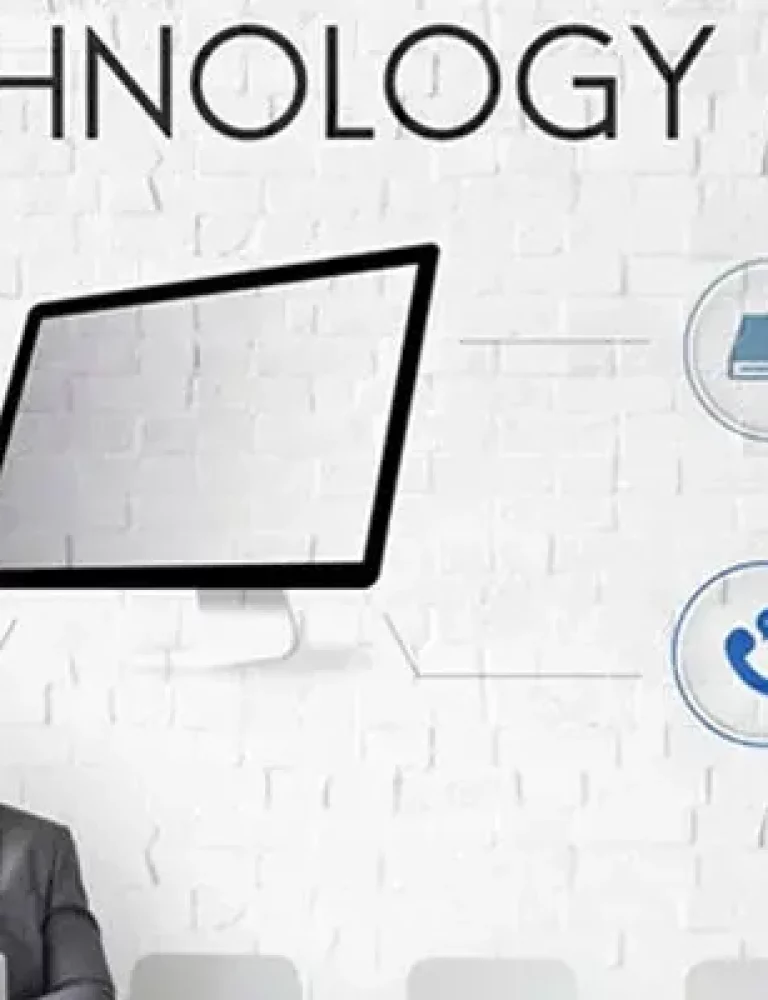With the world moving towards digitalization, IT and digital media are becoming commonplace in education. Several higher education institutions had already begun their digital journeys before the COVID-19 pandemic spread its tentacles worldwide in early 2020. Virtual classrooms became a reality and schools, colleges, and higher education institutions were forced to move online. Given the lack of proper preparation time, the move was a hurried one, with institutions forced to take a plunge and then hone their skills with new technology and processes along the journey. With the pandemic showing signs of abating, physical campuses are once again opening – however, the educational landscape has changed forever, and blended learning, that is, a combination of both offline and online methods, is now the new normal in learning.
In a digital era, the traditional classroom can no longer satisfy the learning needs of a tech-savvy generation. The online media has opened up a sea of information that higher educational institutions can harness to their advantage with digital transformation. Rather than be caught off-guard, as was the case with the pandemic, you can now make more informed decisions to choose the best digital media that allows you to innovate with education while also cutting costs of smoothly running the higher education institutions. In this article, we look at how digital transformation can cut costs for higher education.
- Know your technology: Digital transformation has its share of challenges. To reap optimum benefits, it is important to first understand the technology to implement. While there are different technological solutions available, choose a feature-rich tool that allows you to create, curate, store, and distribute your educational content. Second, it should offer the necessary collaboration and communication tools to ensure a smooth flow of information and allow for teamwork. Then again, the security of your data is of utmost importance so the digital transformation tool you choose should DRM-protect your course modules and other sensitive data. Since most higher education institutions are now following the blended or hybrid model to impart learning, the tool or platform should be able to support blended learning via real-time course delivery and monitoring in a virtual environment. A digital platform, such as a learning management system (LMS), content management system (CMS) or content delivery platform can be the answer to your digital transformation needs. Besides, allowing for an innovative and immersive learning experience it would also help you save costs associated with manual processes and boost your return on investment.
- Legacy systems versus modern technological solutions: While digital transformation can cut costs for higher education institutions in the long run, it does require an initial investment. At this time, it can be very tempting to cut down on costs by opting for legacy systems. However, keep in mind, that these systems require manual interventions since they usually work with outdated methods and techniques. Human interventions not only add to the costs but also end up creating chaos and confusion, leading to downtimes, which further impact the efficiency of the system. Further, since technology is constantly evolving, you will have to continuously update your knowledge and skills, and opt for more technologies for digital transformation. So you may save on initial investment with a legacy system, but it will cost you dearly in the long run in terms of money, time, and resources. The better option is to choose the more modern content delivery platforms or LMSs that can manage both academic and administrative operations, helping you to cut costs, improve efficiencies, and make the most of your digital transformation.
- Consider the needs of all your stakeholders: There are multiple stakeholders in a higher education institution including students, faculty, administrative staff, top management, and other staff members. Since they will need access to data and content, it is important to ensure that the digital transformation tool you choose caters to the needs of all the stakeholders. The tool should provide different modules for each operation, for instance, teaching, admission management, attendance management, examinations and records, and a lot more. A one-stop shop tool digital transformation tool not only helps to cut the costs generally associated with unnecessary processes but also ensures smooth access to information. Besides, it can also effectively manage the needs of each stakeholder without unnecessary overlapping and confusion of records and data.
- Digitalization is more than technology implementation: To successfully achieve digital transformation and cut costs for higher education, it is important to remember that digitalization is not just technical implementation. It is a journey to upgrade or replace traditional processes with more modern ones with the twin aims to cut costs and improve the efficiencies of all the processes in education, be it teaching, assessment, admissions or administration. Digital transformation allows for greater operational efficiency and the application of the modern pedagogical approach to teaching in which the students are active participants in the learning journey rather than passively soaking up information.
- Optimize your business operations: Digital transformation helps to meet the learning needs of a very tech-savvy generation. It helps to automate manual processes for teachers, for instance, conducting and marking assessments, leaving them more time to focus on what they do best, that is, teach the students to the best of their abilities. Beyond teaching and learning, digital transformation automates several other processes, allowing all stakeholders to perform their tasks more easily, accurately, and effectively. The time they save they can spend on more constructive tasks. Relieved from the manual tasks, higher education institutions can focus on extending their outreach, and grow both in monetary and non-monetary terms.
Conclusion
Digital transformation not only helps to cut costs but also faces emerging competition. While there is always the temptation of reducing costs by investing in legacy systems, the better option is to invest in modern educational tools, such as LMS, CMS, and content delivery platforms that are more attuned to the needs of higher education institutions. There are several such technological platforms such as KITABOO which helps you modernize your processes without requiring you to invest in your own IT teams. These tools are regularly updated to the new technologies, allowing you to function smoothly with minimum disruptions and downtimes. To know more, please write to us at KITABOO@hurix.com
Discover How An Ebook Conversion, Publishing & Distribution Platform Can Help You
Kitaboo is a cloud-based content platform to create-publish & securely distribute interactive mobile-ready ebooks.
You May Also Like








